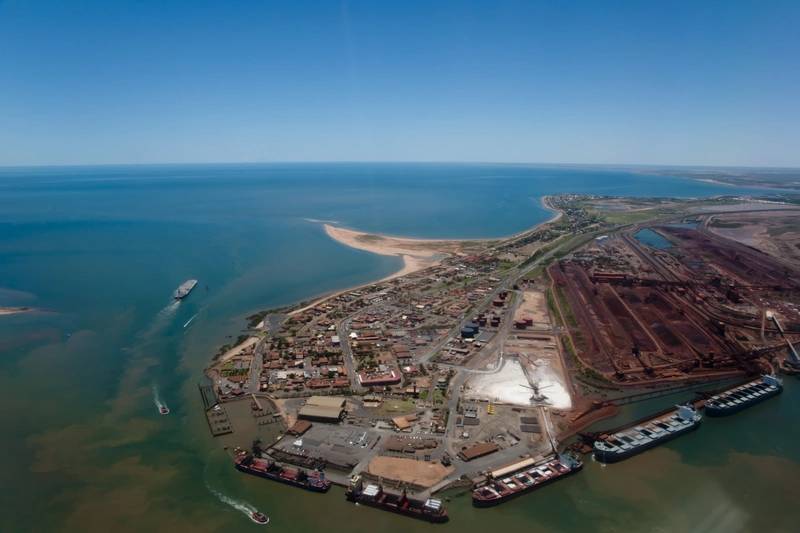Port Hedland's Iron Ore Shipments to China Drop to Two-year Low
Benchmark Asian iron ore futures rose on Thursday as data showed monthly shipments of the steelmaking ingredient to China from Australia's Port Hedland dropped to the lowest in two years.
Shipments from Port Hedland, the world's biggest iron ore export hub, totalled 30.73 million tonnes in February, when top steel producer China typically imports less due to the Lunar New Year holidays.

That is the lowest since March 2019 and compares with 35.6 million tonnes in January and 33.3 million tonnes in February last year, data from Australia's Pilbara Ports Authority showed.
Port Hedland is used by three of Australia's top four iron ore miners -- BHP Group, Fortescue Metals Group and Hancock Prospecting.
The most-traded May iron ore on China's Dalian Commodity Exchange rose 2.8% to 1,065 yuan ($163.89) a tonne by 0330 GMT, after earlier climbing to 1,073.50 yuan.
Iron ore's front-month contract on the Singapore Exchange was up 0.9% at $160.05 a tonne.
The Port Hedland data brought supply risks to the fore again, having fuelled a recent rally that drove iron ore to multi-year peaks.
Spot iron ore was steady at $166 a tonne on Wednesday, SteelHome consultancy data showed, after dropping 7.5% from a record high of $179.50 hit last week as stricter anti-pollution measures in China's top steelmaking city of Tangshan sparked demand concerns.
China's January-February iron ore imports rose 2.8% from a year earlier, a lacklustre increase after last year's record-high volume.
"Constraints on iron ore supply kept import growth limited," commodity strategists at ANZ said in a March 8 note. "Positive steel mill margins and stronger demand for exports should keep China's iron ore import demand elevated."
Construction steel rebar on the Shanghai Futures Exchange slipped 0.2%, while both hot-rolled coil and stainless steel gained 0.7%.
Dalian coking coal advanced 2.6% and coke climbed 1.3%.
(Reporting by Enrico Dela Cruz in Manila; Editing by Aditya Soni)
Related News

